Caries detection around the margins of restorations is a major challenge in clinical practice. Typically, the restorative material will impede the detection system from accurately examining the margins for caries. However, The Canary System, powered by an energy conversion technology (PTR-LUM), provides the solution. The Canary System directly examines the status of the tooth crystal structure.
Rapid, safe pulses of laser light combining infrared and luminescence allow users to examine lesions as small as 50 microns and subsurface caries up to 5 mm below the tooth surface or along the margin of composites and amalgams.
Detection of caries around the margins of a Class V amalgam restoration can be a challenge. Figures 2 and 3 illustrate a patient who was at very low risk for developing caries. The existing restoration was placed more than 30 years ago; the margins were intact; oral hygiene was excellent; and no restorations had been placed or replaced in the last 15 years. Radiographs could not image the restoration margins and the amalgam restoration on the buccal or occlusal part of the tooth may have created a silver stain or halo around the margin. The Canary Number of 76 from scanning around the margin indicated advanced caries around the restoration. Upon removal of the amalgam, a large carious lesion was found extending well beyond the margins of the restoration. Therefore, the subsurface caries that would have otherwise gone undetected, possibly requiring a root canal, successfully detected by The Canary System by examining for decay around the margins of this restoration.
Research shows that PTR-LUM technology used in The Canary System can detect:
- Occlusal pit and fissure caries [1-3]
- Smooth surface caries [4,5]
- Acid erosion lesions [6,7]
- Root caries [8,9]
- Interproximal caries lesions [10,11]
- Demineralization and remineralization of early caries lesions [12-15]
embedImagecenter("Imagecenter_1_689",689, "large");
The Canary System captures both signals and images of the tooth surfaces being examined. These images are displayed on an accompanying interactive, touch-screen monitor for immediate chairside review with the patient who can also take home a printed Canary Report. The Canary System creates an opportunity for dialogue and co-diagnosis, two strong motivators for a new long-term, recurring patient relationship. Odontograms also are added to patients’ files so treatment progress can be monitored over time. The data is saved on the Canary computer, and merged into detailed user-friendly reports.
These unique characteristics of The Canary System provide a clinical practice with the ability to monitor the entire spectrum of the caries process; from initial demineralization to caries beneath pits and fissures and around restoration margins. The Canary System will enable a practice to provide preventive minimally invasive oral health care.
Note: Dr. Stephen Abrams is the CEO and co-founder of Quantum Dental Technologies, which has developed The Canary System mentioned in this article. He has not received any compensation for the preparation of this article.
Note: This article was published in Dental Tribune Canada Edition, Vol. 4 No. 3, May 2012. A complete list of references is available from the publisher.
TORONTO, Ontario, CANADA: As dental practices start to open up to treat patients during the COVID 19 pandemic, the various regulatory bodies have provided ...
TORONTO, CANADA: Quantum Dental Technologies (QDT), a medical device company, became the first Canadian business to win the National Instruments (NI) ...
MONTREAL, Quebec, CANADA: At AAE19, the annual session of the American Association of Endodontsts, held April 10 to 13, Sonendo announced it is launching ...
When we think of artificial intelligence (AI), our minds often conjure up images of sentient humanoid robots from iconic science fiction films like 2001: A ...
Extraction versus non-extraction treatment in orthodontics has been a matter of controversy since the beginning of the specialty. Edward H. Angle debated, ...
BURNABY, British Columbia, Canada: In recent years, patient preferences for fixed restorations have driven significant growth in both the US and European ...
Visitors can explore a full portfolio of new and cutting-edge products, engage in hands-on demos with a knowledgeable team of product experts and take ...
Three-dimensional diagnostic vision in dental radiography is making waves in dentistry around the world. With multiple indications, we lack clarity with ...
To make the wait for ROOTS SUMMIT 2024 a little sweeter, the organisers would like to spotlight some of the speakers for next year’s edition, which will ...
VANCOUVER, British Columbia, Canada: A stroll through the Exhibit Hall at the 2017 Pacific Dental Conference revealed aisle after aisle of dental ...
Live webinar
Mon. 12 January 2026
9:00 AM EST (Toronto)
Prof. Judith Jones D.D.S; M.P.H., Prof. Kakuhiro Fukai D.D.S., Ph.D, Dr. Bathsheba (Bethy) Turton
Live webinar
Wed. 14 January 2026
12:00 PM EST (Toronto)
Dr. Théo Laplane, Dr. Robert Gottlander DDS
Live webinar
Fri. 16 January 2026
12:00 PM EST (Toronto)
Live webinar
Mon. 19 January 2026
1:00 PM EST (Toronto)
Philipp Kopp, Michael Seeber
Live webinar
Thu. 22 January 2026
2:00 PM EST (Toronto)
Dr. Nicola M. Grande DDS, PhD
Live webinar
Wed. 28 January 2026
8:00 AM EST (Toronto)
Live webinar
Wed. 28 January 2026
11:00 AM EST (Toronto)
Prof. Dr. Jan-Frederik Güth



 Austria / Österreich
Austria / Österreich
 Bosnia and Herzegovina / Босна и Херцеговина
Bosnia and Herzegovina / Босна и Херцеговина
 Bulgaria / България
Bulgaria / България
 Croatia / Hrvatska
Croatia / Hrvatska
 Czech Republic & Slovakia / Česká republika & Slovensko
Czech Republic & Slovakia / Česká republika & Slovensko
 France / France
France / France
 Germany / Deutschland
Germany / Deutschland
 Greece / ΕΛΛΑΔΑ
Greece / ΕΛΛΑΔΑ
 Hungary / Hungary
Hungary / Hungary
 Italy / Italia
Italy / Italia
 Netherlands / Nederland
Netherlands / Nederland
 Nordic / Nordic
Nordic / Nordic
 Poland / Polska
Poland / Polska
 Portugal / Portugal
Portugal / Portugal
 Romania & Moldova / România & Moldova
Romania & Moldova / România & Moldova
 Slovenia / Slovenija
Slovenia / Slovenija
 Serbia & Montenegro / Србија и Црна Гора
Serbia & Montenegro / Србија и Црна Гора
 Spain / España
Spain / España
 Switzerland / Schweiz
Switzerland / Schweiz
 Turkey / Türkiye
Turkey / Türkiye
 UK & Ireland / UK & Ireland
UK & Ireland / UK & Ireland
 International / International
International / International
 Brazil / Brasil
Brazil / Brasil
 Latin America / Latinoamérica
Latin America / Latinoamérica
 USA / USA
USA / USA
 China / 中国
China / 中国
 India / भारत गणराज्य
India / भारत गणराज्य
 Pakistan / Pākistān
Pakistan / Pākistān
 Vietnam / Việt Nam
Vietnam / Việt Nam
 ASEAN / ASEAN
ASEAN / ASEAN
 Israel / מְדִינַת יִשְׂרָאֵל
Israel / מְדִינַת יִשְׂרָאֵל
 Algeria, Morocco & Tunisia / الجزائر والمغرب وتونس
Algeria, Morocco & Tunisia / الجزائر والمغرب وتونس
 Middle East / Middle East
Middle East / Middle East
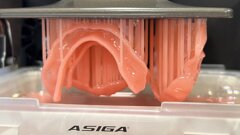





























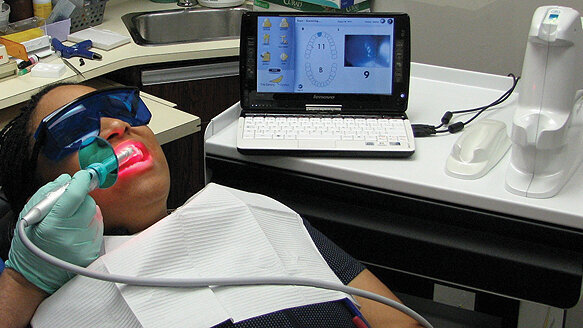



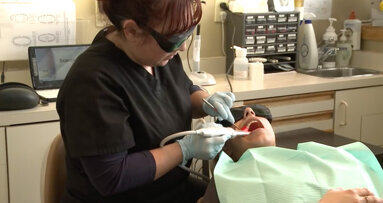
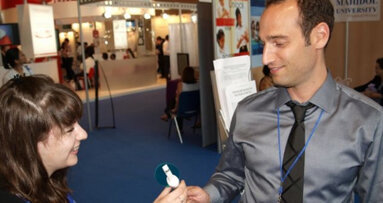
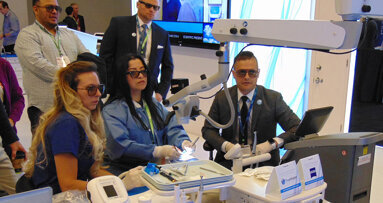

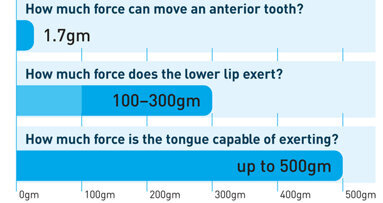
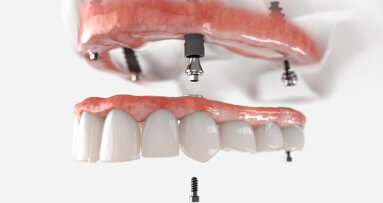
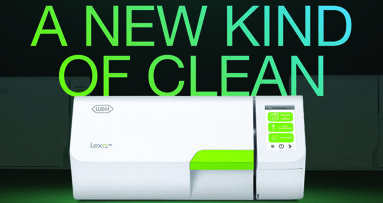
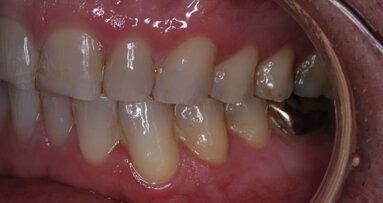

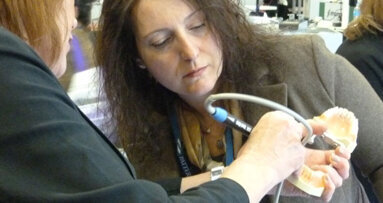










To post a reply please login or register